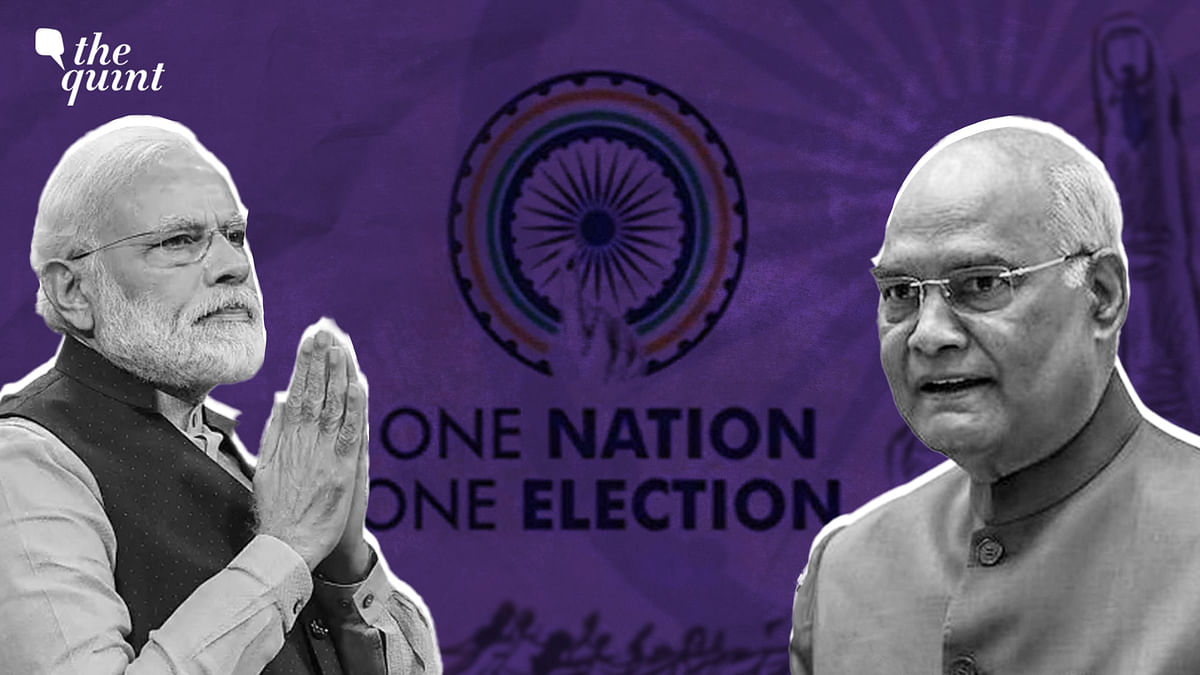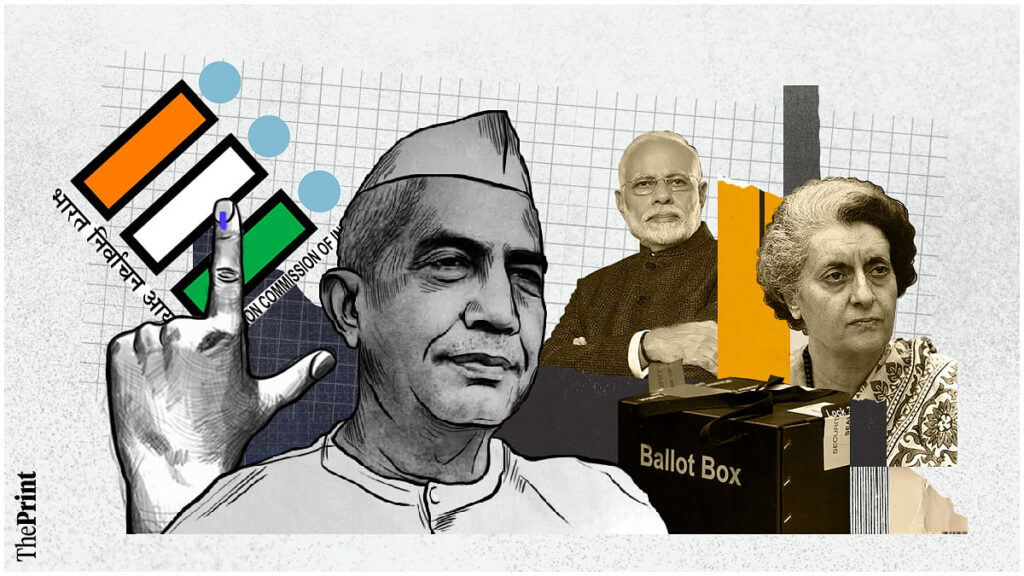The concept of “One Nation, One Election” (ONOE) in India, which advocates simultaneous elections for the Lok Sabha and State Assemblies, faced significant challenges after the onset of coalition politics in 1967. This shift marked the beginning of a fragmented political landscape, fundamentally altering the electoral dynamics in the country.

Source:- bbc news
Before 1967, India primarily witnessed a two-party system, dominated by the Indian National Congress. However, the political scenario changed dramatically when regional parties and coalitions began to emerge, reflecting diverse regional interests and aspirations. The coalition era introduced instability in state governments, leading to frequent elections at both state and national levels. This fragmented landscape complicated the feasibility of ONOE, as different states often had varying political scenarios and agendas, making simultaneous elections less practical.
Source:- news 18
Moreover, the diversity of regional parties, each with unique priorities and constituencies, further complicated the idea of a unified electoral process. The demand for separate elections became a means for regional parties to assert their influence and address local issues, thus weakening the rationale for ONOE. As states began to hold their elections independently, the synchronization of elections became increasingly difficult.
The political landscape continued to evolve, with parties forming alliances based on electoral convenience rather than ideological alignment. This further entrenched the need for state-specific electoral strategies and platforms.
In conclusion, the coalition era initiated in 1967 marked the decline of the ONOE concept, as the need for tailored governance and representation at state levels overshadowed the benefits of simultaneous elections. The complexities of India’s diverse political fabric made ONOE a challenging proposition, leading to its eventual sidelining in the political discourse.
Share your views in the comments

